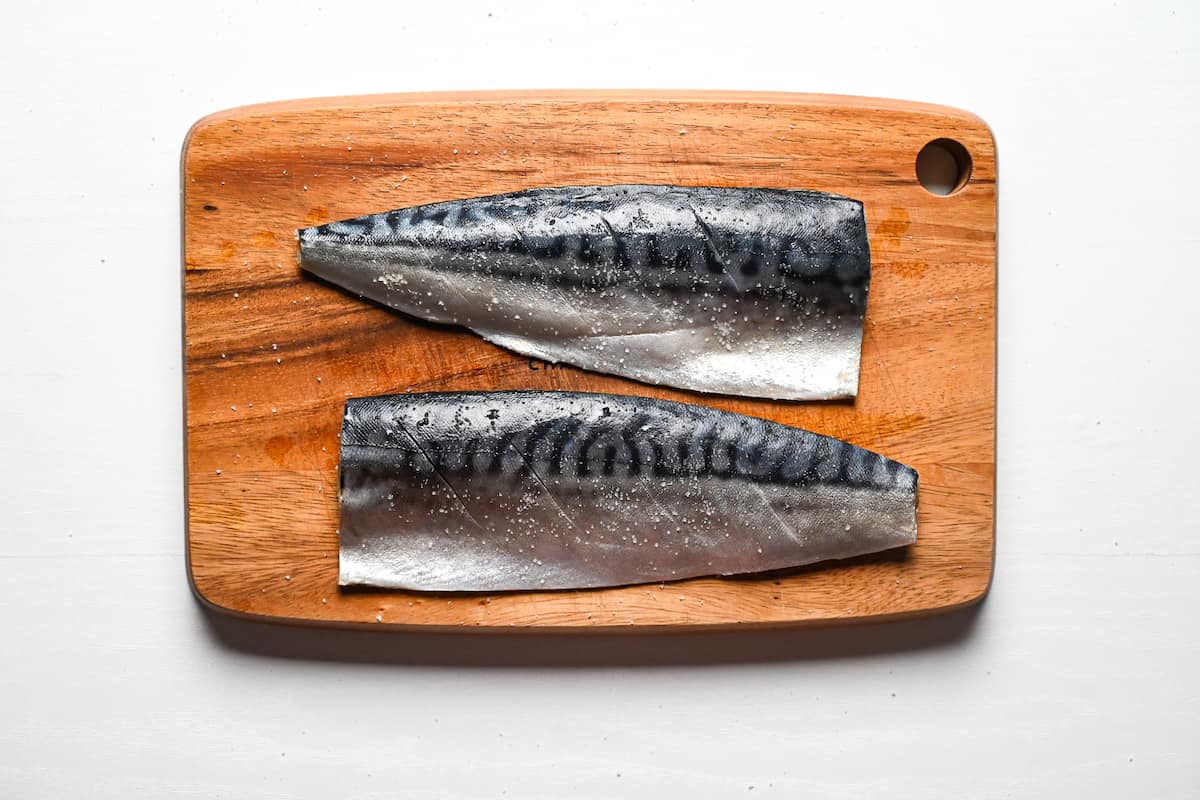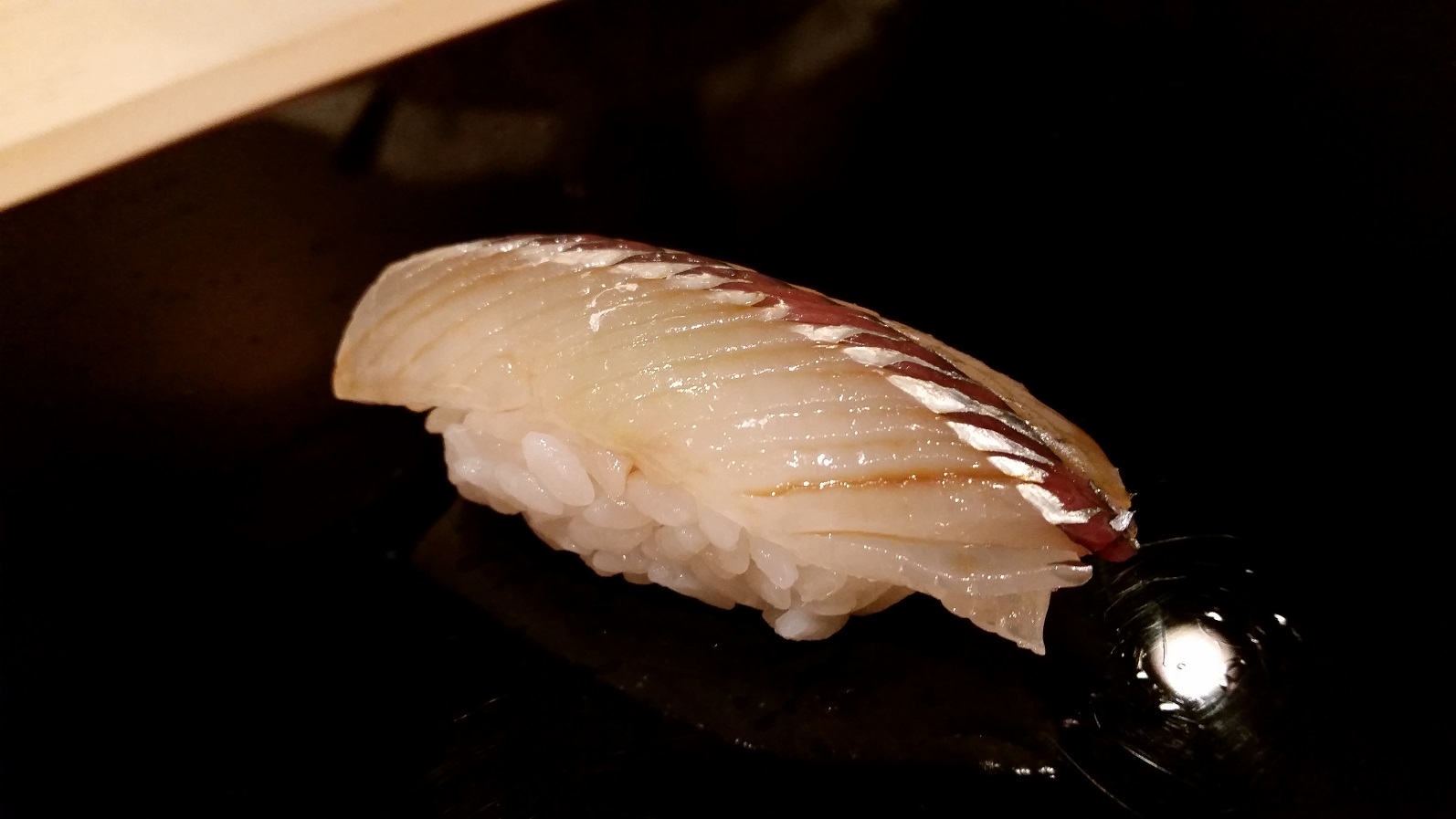Mastering the Art of Japanese-Style Fish Filleting
Japanese cuisine is renowned for its delicate flavors, fresh ingredients, and meticulous preparation. One of the essential skills in Japanese cooking is the art of filleting fish. Whether you’re a sushi enthusiast or simply want to elevate your culinary prowess, learning how to fillet fish Japanese style can be a rewarding and valuable skill.
Choosing the Right Fish
Before diving into the filleting process, it’s crucial to select the right type of fish. In Japanese cuisine, popular choices for filleting include saba (mackerel), sake (salmon), and tai (sea bream). These fish are prized for their flavor and texture, making them ideal candidates for Japanese-style filleting.
Preparing Your Workspace
Creating a clean and organized workspace is essential for the filleting process. Gather the following items:
- Sharp filleting knife
- Cutting board
- Tweezers or pliers
- Clean kitchen towels
Ensure that your tools are sharp and readily accessible before beginning the filleting process.
The Japanese Filleting Technique
Japanese-style fish filleting emphasizes precision and finesse. Follow these steps to achieve a beautifully filleted fish:
- Remove the Scales: Using a fish scaler or the back of a knife, gently remove the scales by scraping from the tail towards the head. Rinse the fish under cold water to remove any remaining scales.
- Gut the Fish: Make a small incision near the belly of the fish and carefully remove the innards. Rinse the cavity thoroughly to ensure it is clean.
- Fillet the Fish: With a sharp knife, make an incision behind the gills and along the top of the fish, following the natural curve. Gently separate the fillet from the bones, using long, smooth strokes. Repeat the process on the other side of the fish.
- Remove the Rib Bones: Using precise cuts, remove the rib bones from each fillet. This step requires patience and a steady hand to avoid damaging the flesh.
- Check for Pin Bones: Run your fingers along the fillets to detect any remaining pin bones. Use tweezers or pliers to carefully remove them, ensuring the fillets are entirely bone-free.
Utilizing the Fillets
Once you’ve masterfully filleted the fish, there are numerous ways to incorporate the fillets into Japanese dishes. From sashimi and sushi to grilled or pan-seared preparations, the possibilities are endless. Embrace the versatility of your freshly filleted fish and experiment with different cooking methods to savor its delicate flavors.
Practice Makes Perfect
Like any culinary skill, mastering the art of Japanese-style fish filleting takes practice and patience. Don’t be discouraged if your initial attempts aren’t flawless. With dedication and perseverance, you’ll refine your technique and gain confidence in filleting various types of fish.
Embrace the rich tradition of Japanese cuisine by honing your fish filleting skills. As you continue to perfect this art, you’ll develop a deeper appreciation for the precision and elegance that define Japanese culinary practices.
So, roll up your sleeves, sharpen your knife, and embark on the journey of mastering the art of Japanese-style fish filleting. Your culinary endeavors will undoubtedly be elevated, and the satisfaction of creating beautifully filleted fish will be immensely gratifying.
Was this page helpful?
kishorepallapothu
Kishore Pallapothu is an investor, entrepreneur, tech guru, and founder and CEO of multiple companies in Silicon Valley. He has worked with major tech giants including Oracle Corporation and HP. Before completing his Master’s Degree in Computer Science from Texas A&M University, he held a Mechanical Engineering Degree from Nagarjuna University. Besides these professional roles, Kishore Pallapothu is also an active and award-winning volunteer in the region. His non-profit organization, SkillWiki, assists low-wage employees to gain latest IT skills to help them compete for high-income positions. His latest venture, ChoozeHire is an AI-based HR platform that is revolutionizing the recruitment industry. Pallapothu has also recently launched fundraisers to support the healthcare workers fighting the Covid-19 pandemic.











